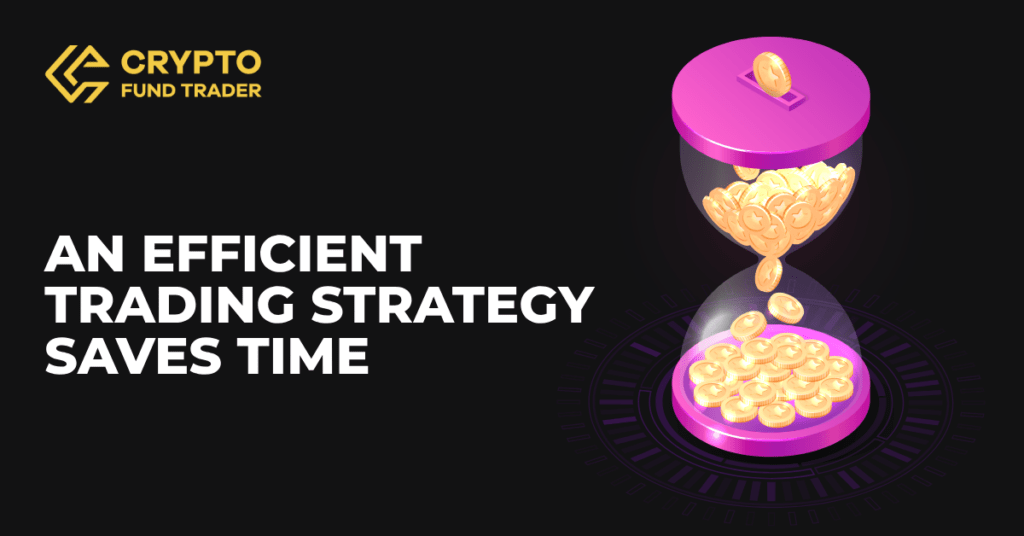
An Efficient Trading Strategy Saves Time
In the dynamic realm of financial trading, every second counts. An efficient trading strategy is not just a blueprint for success; it’s a crucial tool for time management. This expanded article delves into how a meticulously devised trading strategy streamlines processes, sharpens focus, and optimizes the use of time, which is as valuable as the trades themselves.

The Crucial Role of a Trading Strategy
A trading strategy is more than a set of rules; it’s a trader’s personal guide through the complexities of the market. Without a strategy, traders risk falling into the trap of impulsive decisions and inconsistent results, which not only affects profitability but also leads to significant time wastage.
Time-Saving Through Focused Market Analysis
A well-defined strategy identifies key indicators and market trends relevant to the trader’s goals. This focus streamlines the analysis, saving hours that might otherwise be spent sifting through irrelevant data. For instance, a trader focused on short-term movements might prioritize technical analysis, thus bypassing the extensive time required for deep fundamental analysis.
Streamlining Decision-Making
A strong strategy includes specific criteria for trade entries and exits. This precision reduces the time spent in deliberation, allowing for quick, confident decisions. It eliminates the paralysis of analysis, where traders lose valuable opportunities in the haze of overthinking.
Efficient Risk Management
Risk management is pivotal in trading, and a strategy that clearly outlines risk thresholds is a time saver. Setting predetermined stop-loss and take-profit points allows traders to manage potential losses and profits automatically, freeing them from the need to constantly monitor the market.

Detailed Components of a Time-Efficient Trading Strategy
- Goal Setting: Detailed goals provide a clear direction, preventing time wastage on unproductive ventures. This might include specific financial targets, the desired number of trades per day, or long-term investment objectives.
- Strategy Definition: In-depth strategy outlines, such as focusing on day trading, swing trading, or position trading, help in quickly identifying suitable market conditions and opportunities, thus saving time.
- Risk Management Rules: A comprehensive risk management plan includes detailed criteria for acceptable risk per trade, overall exposure, and contingency plans for different market scenarios.
- Regular Review and Adaptation: Including a schedule for periodic reviews of the strategy ensures that it evolves with the market, saving time in the long run by avoiding outdated methods.
Leveraging Technology for Efficiency
Technology plays a pivotal role in implementing a time-efficient trading strategy. Automated trading systems can execute trades based on specific criteria, while advanced analytics tools provide quick insights, both of which significantly reduce the manual effort and time required in trading.
Conclusion
In conclusion, an efficient trading strategy is indispensable in the world of financial trading, not only for its potential profitability but also for its ability to save time. By providing clear, focused guidelines, and leveraging technology, traders can navigate the markets more swiftly and effectively, turning time into a valuable ally in the pursuit of trading success.